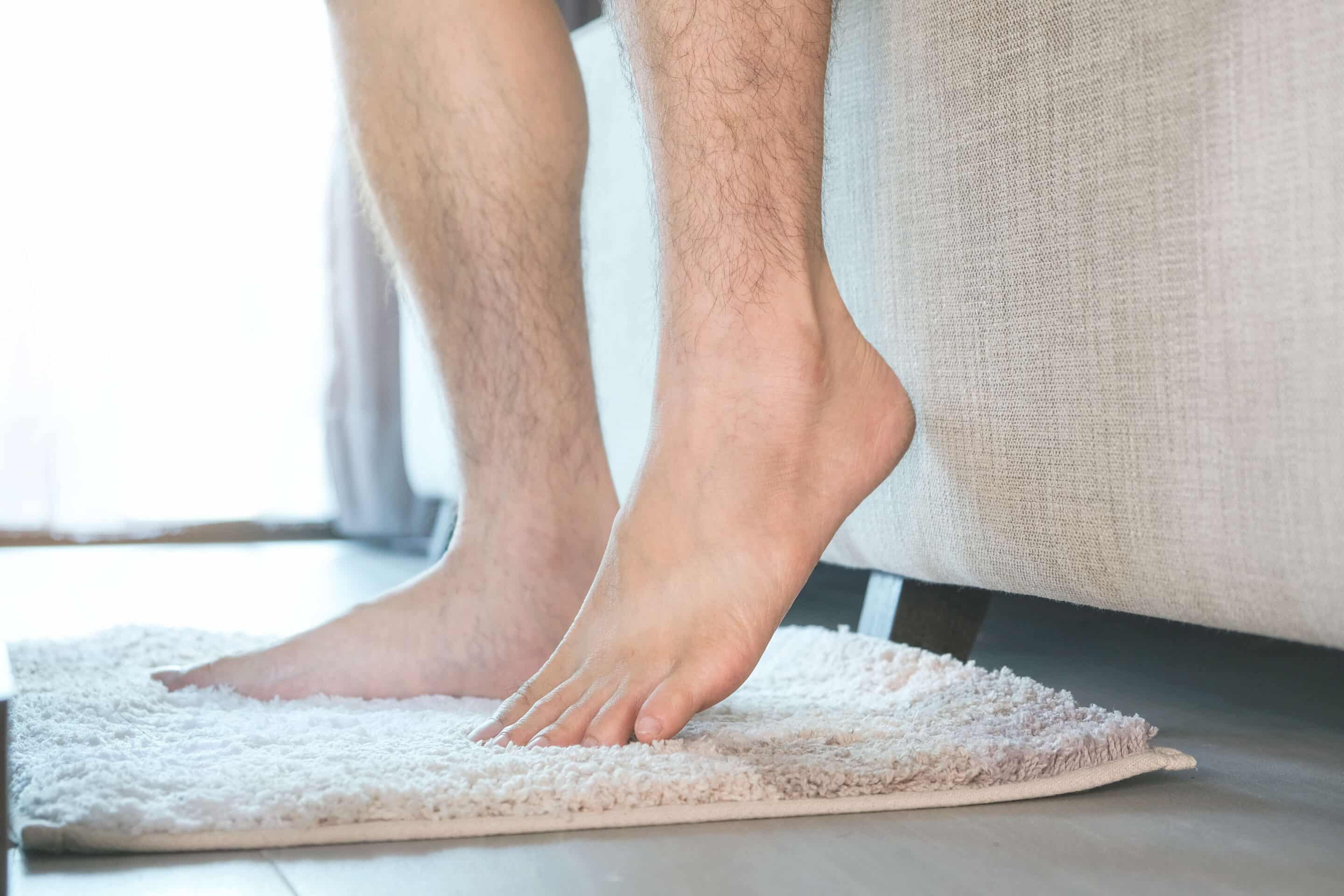How Long Will It Take for My Heel Pain to Go Away?
Heel pain can greatly impact your daily routine, limiting your mobility and diminishing your overall quality of life. Whether you’re an athlete, a busy professional, or someone on your feet for long hours, untreated heel pain can last a long time and worsen over time. Fortunately, with proper treatment, even the worst heel pain can be resolved.
At The Community Foot Clinic of McPherson, we specialize in diagnosing and treating heel pain to help you get back to living pain-free. Understanding the causes of your discomfort and the factors that influence recovery is the first step toward relief.
Why Does Heel Pain Occur?
Your heel plays a vital role in absorbing shock with every step, making it particularly vulnerable to injuries and strain. Here are some common causes of heel pain:
Plantar Fasciitis
Plantar fasciitis involves inflammation or tiny tears in the plantar fascia, the thick tissue band that links your heel to your toes. This condition often causes sharp, stabbing pain, especially in the morning or after long periods of rest.
Achilles Tendinitis
Achilles tendinitis is a condition that impacts the tendon linking the calf muscles to the heel bone. This condition often results in stiffness and pain in the back of the leg, particularly after physical activity.
Heel Spurs
Heel spurs are bony growths caused by calcium deposits that develop on the underside of the heel bone. They’re often associated with plantar fasciitis and can cause significant discomfort, especially when walking or standing.
Stress Fractures
Repetitive stress can lead to small cracks in the heel bone, known as stress fractures. These injuries are common among athletes or individuals who engage in high-impact activities without proper recovery time.
Bursitis
Bursitis occurs when the small, fluid-filled sacs (bursae) in the heel become inflamed due to overuse or prolonged pressure. This condition can result in persistent pain and swelling.
Factors That Impact Recovery Time
Several factors influence how long heel pain takes to heal, including:
1. Underlying Condition
The specific cause of your heel pain determines the treatment plan and timeline. For example, mild plantar fasciitis may resolve within weeks, while more severe cases can take months.
2. Injury Severity
The extent of tissue damage or complications, such as bone spurs or fractures, affects recovery time. Severe injuries generally require longer healing periods.
3. Treatment Compliance
Heel pain can last a long time if you don’t treat it properly. Adhering to our podiatrist’s recommendations—whether rest, physical therapy, or custom orthotics—is crucial for a speedy recovery.
4. Overall Health
Factors like age, fitness level, and medical conditions (e.g., diabetes or poor circulation) can slow down the healing process.
Recovery Times for Common Heel Pain Conditions
- Plantar Fasciitis: Mild cases can resolve within 6–12 weeks, but severe cases may take 6 months or longer.
- Achilles Tendinitis: Acute cases may heal in weeks, while chronic cases may take several months of consistent care.
- Heel Spurs: Relief can take months with proper treatments like orthotics, therapy, or anti-inflammatory medications.
- Stress Fractures: Recovery generally takes 6–8 weeks with rest and possible immobilization.
- Bursitis: Healing can range from a few weeks to several months, depending on the severity and treatment effectiveness.
Comprehensive Heel Pain Treatment Options at the Community Foot Clinic of McPherson
At The Community Foot Clinic of McPherson, we provide a variety of treatments tailored to your specific needs. Our options include:
MLS Laser Therapy
This advanced, non-invasive therapy uses light energy to reduce inflammation, alleviate pain, and accelerate tissue repair. MLS Laser Therapy is highly effective for conditions like plantar fasciitis and Achilles tendinitis.
Custom Orthotics
Custom orthotics are personalized shoe inserts designed to support your feet, alleviate heel pain, and promote proper alignment. These devices are particularly effective in preventing future injuries and providing long-term relief.
Physical Therapy
Targeted exercises and stretching programs can strengthen the muscles surrounding the heel, improve flexibility, and reduce pain. Physical therapy is often a key component of recovery for many heel pain conditions.
Anti-Inflammatory Medications
Medications can help manage pain and inflammation, especially when combined with other treatment methods. Both over-the-counter and prescription options may be recommended.
Surgical Options
For chronic or severe cases unresponsive to conservative treatments, surgical intervention—such as plantar fascia release or heel spur removal—may be necessary to provide long-term relief.
Start the Clock on Ending Your Heel Pain Today
Heel pain doesn’t have to dictate your life. With proper treatment and timely intervention, even the most persistent cases can be resolved. At The Community Foot Clinic of McPherson, our team is dedicated to helping you achieve long-lasting relief and regain your mobility.
Start the clock on ending your heel pain today! Contact us to schedule a consultation and take the first step toward a pain-free future. Let us help you put an end to your heel pain and get back to enjoying life without limitations.
McPherson Office
316 W. 4th Street
McPherson, KS 67460
P: (620) 241-3313
F: (620) 241-6967
© Community Foot Clinic of McPherson. All Rights Reserved.
Privacy Policy | Terms & Conditions
Web Design by CP Solutions
Marketed by VMD Services


